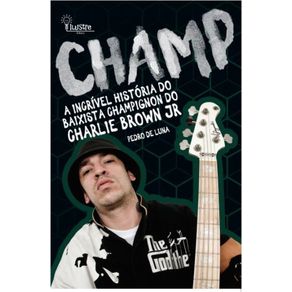-
DEPARTAMENTOS
- ANIMAIS DE ESTIMAÇÃO
- ARTES
- AUTO AJUDA
-
BEM ESTAR E LAZER
-
CATEGORIAS
-
-
CULINÁRIA E GASTRONOMIA
-
CATEGORIAS
-
-
ESPORTES
-
CATEGORIAS
-
- INFANTIL
-
RELIGIÃO
-
CATEGORIAS
-
- ADMINISTRAÇÃO E NEGÓCIOS
-
CIÊNCIAS BIOLÓGICAS E NATURAIS
-
CATEGORIAS
-
- DIREITO
- ECONOMIA
-
MEDICINA
-
CATEGORIAS
-
-
TODOS DEPARTAMENTOS
-
INTERESSE GERAL
-
LIVROS TÉCNICOS
-
- DISCIPLINAS
- ACESSÓRIOS
- FORMATURA
- PAPELARIA
The Silent Book
Cód:
491_9780646954943
The Silent Book
Autor:
Editora:
Código:
491_9780646954943
Vendido e entregue por Um Livro
The book tells the story of the author's mother and father as Deaf people in the context of their lives in Victoria, their schooling in New South Wales in the 1920s and their adult lives. She brings to the fore the rural environment that surrounded their lives as children and as adults in rural Australia. Australian-Irish Sign Language was introduced into Australia in the nineteenth century through Sister Gabriel Hogan, a Dominican religious sister whowas deaf herself. She was appointed to teach Deaf children, so a school was eventually established in Waratah, NSW. As the population in Australia was increasing, and so too the Catholic population, there was an increase in the number of Deaf children. Protestant based denominational schools for Deaf children had also begun in Sydney and Melbourne, using British Sign Language. The Catholic community was strongly committed to providing a Catholic education for its children, including for its Deaf children. Since the community was largely Irish-born or of Irish descent and many of its teachers educated in Ireland, it was inevitable that in the Catholic system Deaf children would be educated through Irish Sign Language. (This is aside from any question of technical or expressive preference for AISL.) Since greater numbers of Deaf children attended the Denominational schools, their Deaf language became the dominant language in Australia, and later became known as Auslan, Australian Sign Language. The Australian-Irish Sign Language ceased being taught in 1953. So, like many indigenous languages, it is fast disappearing from consciousness.Throughout this book, themes of the Indigenous peoples with two Dreamtime stories and of flowing rivers are featured. Rivers flow and connect peoples and stories. They are the lifeblood, the veins of this body of land Australia, where human endeavours flourish inter
Veja mais































